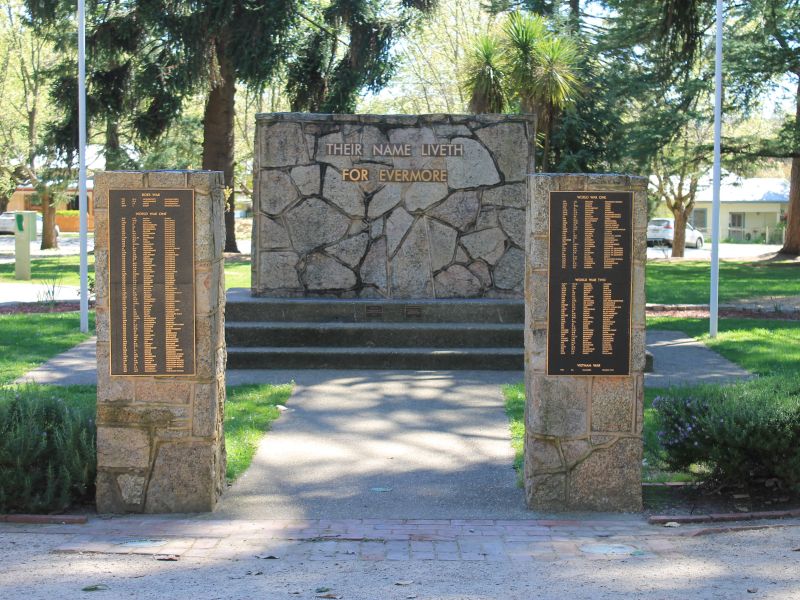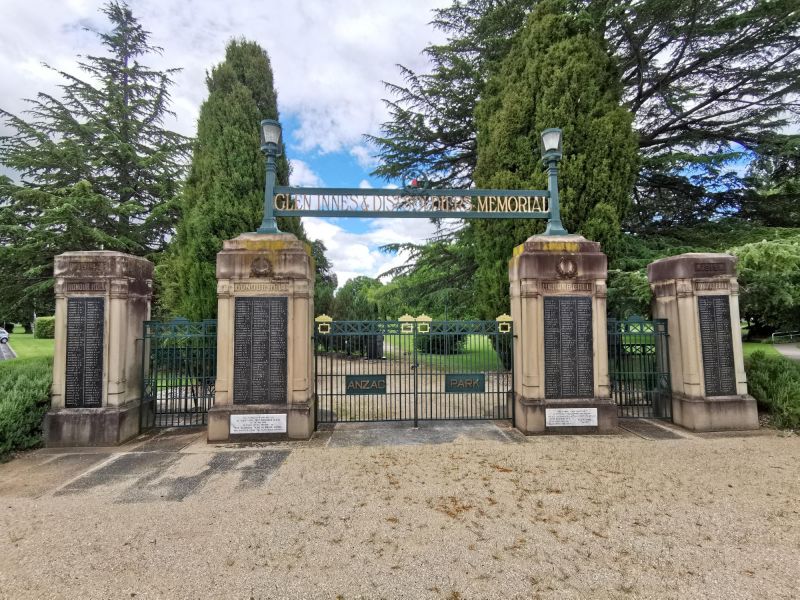Michael Francis Shanahan
Michael was born in November of 1894, at Wooragee, near Beechworth in north-east Victoria. He was the eldest of four children for Philip and Margaret (née Hill) Shanahan.
At the time of his enlistment he was working as a postal assistant at Glen Innes in New South Wales. Being under the age of 21, he needed his parents written permission in order to enlist. It was given. Philip and Margaret were named next of kin and sole legatee respectively. On the 29th of September, 1915, Michael was allotted the Regimental 4838 and placed into the 12th Reinforcements for the 17th Battalion. The place of enlistment for Michael is an odd one, as it’s not a particular centre in a town or city, but HMAT A40, a troopship that would travel many miles taking soldiers from and to the battlefields of the Middle East and France.
Michael was quickly promoted through the ranks, going from private to Sergeant in a short space of three months. However, that was a few months away as, on the 13th of April, 1916, his unit embarked on HMAT A40 Ceramic at Sydney, New South Wales. Michael spent some time in the Middle East, no doubt undertaking more training. On the 28th of May he boarded HMT Megantic and proceeded to join the British Expeditionary Forces on the Western Front. In early October he was transferred to the 53rd Battalion, 5th Brigade of the 2nd Australian Division.
On Boxing Day, 1916, he was posted to the 5th Division Infantry School in England. Three days prior to this he was promoted to full Sergeant and he spent much of the following months with his battalion in France, taking part in the second Battle of Bullecourt during early May. He also had the opportunity to attend the Physical Training and Bayonet school. Two weeks of England leave was granted to him on the 28th of August 1917, although it’s not known how he spent it. He rejoined the battalion on the 11th of September, as it was preparing for its role in the Battle of Menin Road.
At 0550 hours, on the 26th of September, a protective artillery barrage descended on the area near Polygon Wood, a few kilometres east of Ypres in Belgium. The 4th and 5th Australian Divisions advanced in the centre of a front extending nearly ten kilometres. All of the objectives along the Australian front, and points north of it, were quickly captured. Australian losses in this action would amount to more than 5770 men.
Michael’s Red Cross File explains what happened to him during the encounter.
“He was killed at Polygon Wood in the action on September 26th by a bullet, killed outright. This occurred in No Man's Land during the advance. I was close to him at the time, and saw him shot. Sgt P.W. Clyoweth, B Coy, could supply further details. The body was lying in Polygon Wood when I last saw it. I sent out a party to bury it right in the wood. He was acting S/M [Sergeant Major] of D. Coy at the time of his death.
Reference:- Lt. A.C. Woolrych. Intelligence Officer, 53rd Battn.
I saw his dead body lying right in Polygon Wood on the morning of the 26th September as I came out of the stunt. I took the papers from his body and handed them to the Padre. The body would be buried next day by the Pioneers. He was acting S/M of D.Coy at the time of his death.
Reference:- Capt. C.A.Johnson. O/C, B.Coy.”
Michael has no known grave. He is remembered on the Australian War Memorial Roll of Honour, the Beechworth Shire WW1 Honour Roll, the Beechworth War Memorial, the Glen Innes & District Soldiers Memorial, the Wooragee State School 635 Honour Roll and the Menin Gate Memorial (Commonwealth Memorial to the Missing of the Ypres Salient). For his service during the First World War, he was awarded the British War Medal and the Victory Medal.
 Stephen Learmonth
Stephen Learmonth
